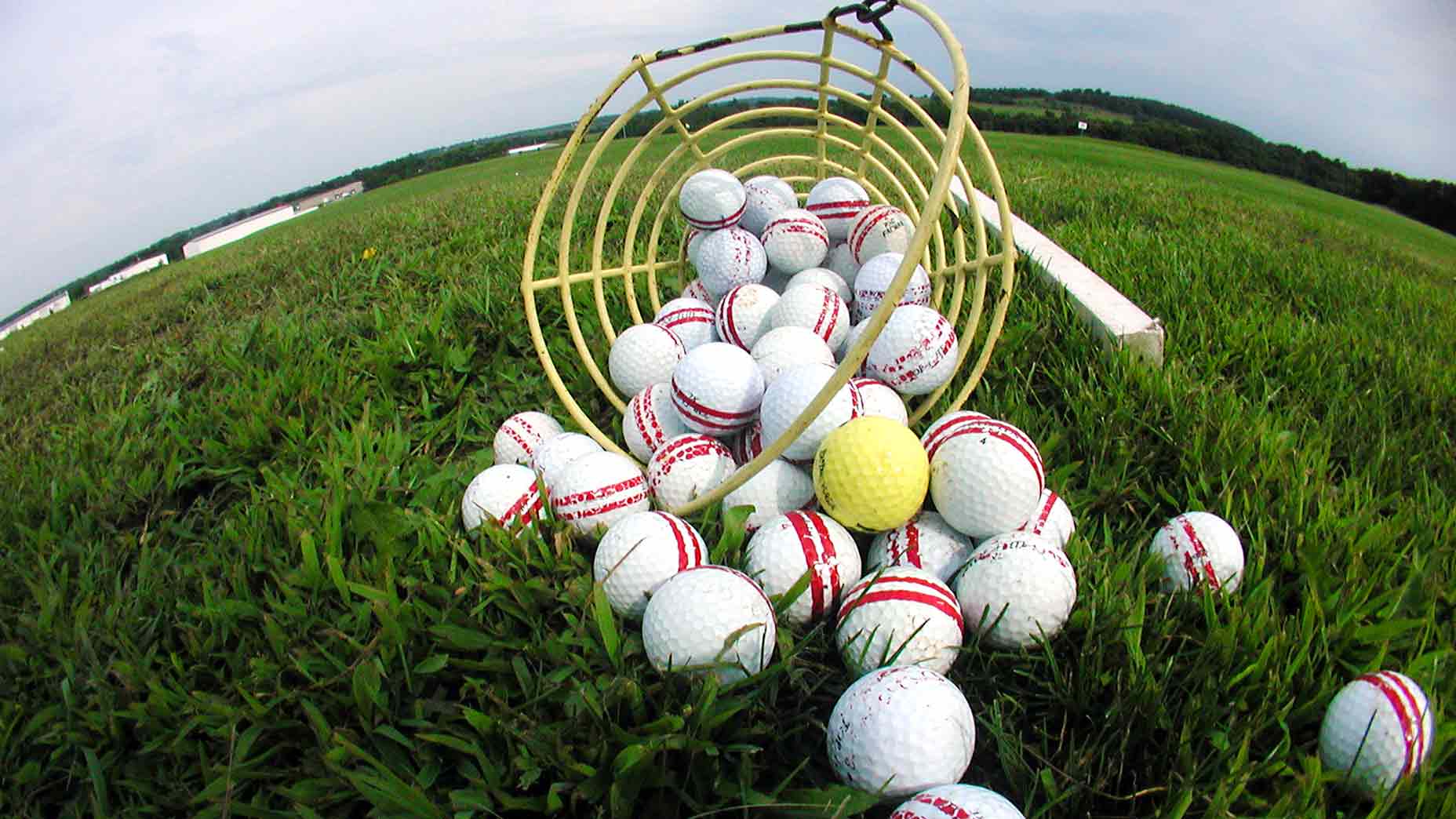A dozen GOLF staffers spent the last few days at Talking Stick Resort in Scottsdale, Ariz., chatting up some of the best teachers in the world at GOLF’s Top 100 Teachers Summit.
We picked up hundreds of tips along the way, all of which you’ll see in GOLF Magazine or on GOLF.com (or both) in the next several months. But for starters, let’s quickly empty the notebook. Here are nine tips or takeaways that stood out to me after two days of talking to teachers on the driving range.
(And yes, we will go more in depth on each and every one of these in the near future.)
1. Should you use a 5-wood or a 3-wood?
Most coaches say 5-woods. A lot of amateurs don’t have the swing speed to generate enough power when hitting a 3-wood. The 5- is easier to hit off the fairway, generates a higher ball flight and you likely won’t lose much distance anyway.
2. Bunker issues?
If you struggle from the bunker, the vast majority of the time it’s because you have a bad setup and improper technique. Figure that out first and you’ll be on the right track. You can start here.
3. In life as in golf?
We asked many teachers what the best tip they ever received was. Most talked about a teaching philosophy or something they picked up in their youth. But a handful of them also talked about life lessons they learned that had nothing to do with golf, but instilling them in their students has made for massive golf gains on the course. Interesting, right? We thought so, too. (More on this later.)
4. Which brings me to these important words…
“Make all of my lessons end in 10 words or less,” is what Top 100 Teacher Don Sargent said is the greatest tip he ever heard. “Because I want my 10 words to be accurate, simple and easy to apply.”
Sargent said he picked this up from David Leadbetter, whom he trained under. How does this translate to you? Easy. If you are going to the course, don’t have too many swing thoughts in your head. Keep it simple. Your swing will thank you.
5. The key to putting?
Speed more so than accuracy. Practice that first. There are lots of good lag-putting drills out there, like this one that’s worked wonders for me. Once you get your lag putting down, your second putts are now either 2-3 footers (or gimmes!) instead of 4-5 footers. That makes a big difference on the scorecard.
6. Never hit this kind of shot with this club, says one teacher
Todd Sones told me you should never hit a “strong” pitching wedge, meaning if you want to hit a 120-yard shot but your wedge is your 115 club, you shouldn’t try to “muscle up” and hit it harder. Why? Because the harder you swing the more spin you’ll put on the ball, and you’ll just lose that extra distance when it spins back anyway. Plus, a high-handicapper swinging out of their shoes with a wedge isn’t always a great idea. Sones suggests to go up a club, like to a 9-iron, and hit a 3/4 shot.
7. More putting practice
Want to make more 10-footers? Here’s a drill you can start with. Sick of three-putting? Check this out.
8. Adult beginners vs. youth beginners
Many teachers talk about how when getting kids into the game it’s important to start at the green and move backward. Let young players see the ball go in the hole, get that immediate positive feedback, learn to like the game and move farther out away from the green from there. But adults? One teacher says you might want to teach them differently.
Top 100 Dom DiJulia says adults should actually learn how to get off the tee first. His thinking is that if you are starting the game late in life, it’s usually because you want to play with a father-in-law, significant other, coworkers or at a work function. Do you really want to be picking up lying 8 when you are still 100 yards away from the green? No, you do not.
For those players, he says, it makes more sense to learn how to get off the tee and get to the green, instead of already being out of the hole once you are there. (Plus, a bad drive looks much worse than a bad putt, right?)
9. Need a fairway finder?
Tee it down.
